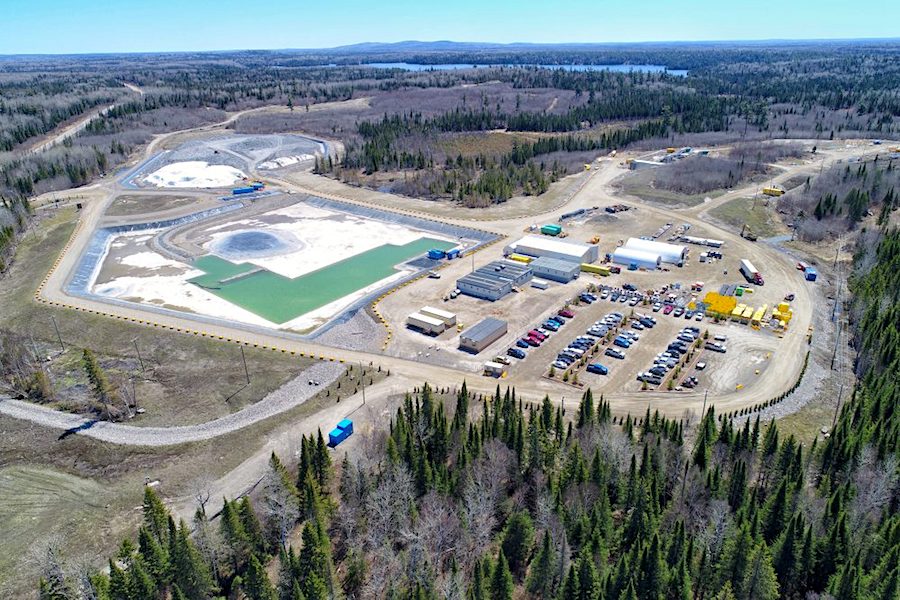
Newmont Goldcorp (NYSE: NEM) (TSX: NGT) has begun commercial production at its all-electric underground Borden gold mine, located near Chapleau, Ontario, about 160 km west of the company’s Porcupine mine.
Borden, or “the mine of the future” as the world’s largest gold miner has promoted it, uses an electricity and battery-powered underground fleet.
The vehicles are expected to eliminate all greenhouse gases (GHGs) associated with diesel-based equipment and the movement of ore and waste rock, equal to roughly 50% of the total GHGs on site, or 5,000 tonnes of CO2 per year.
Green technologies are expected to eliminate about 50% of greenhouse gases (GHGs) on site, or 5,000 tonnes of CO2 per year
The mine also features state-of-the-art health and safety controls, as well as digital mining technologies and processes.
Both the federal and provincial governments granted the company C$5 million towards electrification of the mine, which opened last week.
“Borden joins the next generation of Newmont Goldcorp mines and leverages our leading land position to anchor this new gold district in Ontario,” president and chief executive officer, Tom Palmer, said in the statement.
The mine will operate year-round on a continuous (24-hour) basis, at an average production rate of up to roughly 1,800 tonnes of ore per day.
Ore from Borden will be processed at the existing mill at Porcupine, in Timmins, 180 km to the east, creating a new gold mining district in Ontario, according to Palmer.
Borden, which is generating 250 jobs for local and First Nations people in the Chapleau area, is part of a 1,000 square km land package owned by Newmont Goldcorp.
In northeastern Ontario is a relatively under-explored mineral belt with no mining history, which the gold giant will continue to explore.
Newmont Goldcorp expects that once it demonstrates the numerous benefits of an all-electric operation, other mining companies will follow its example.